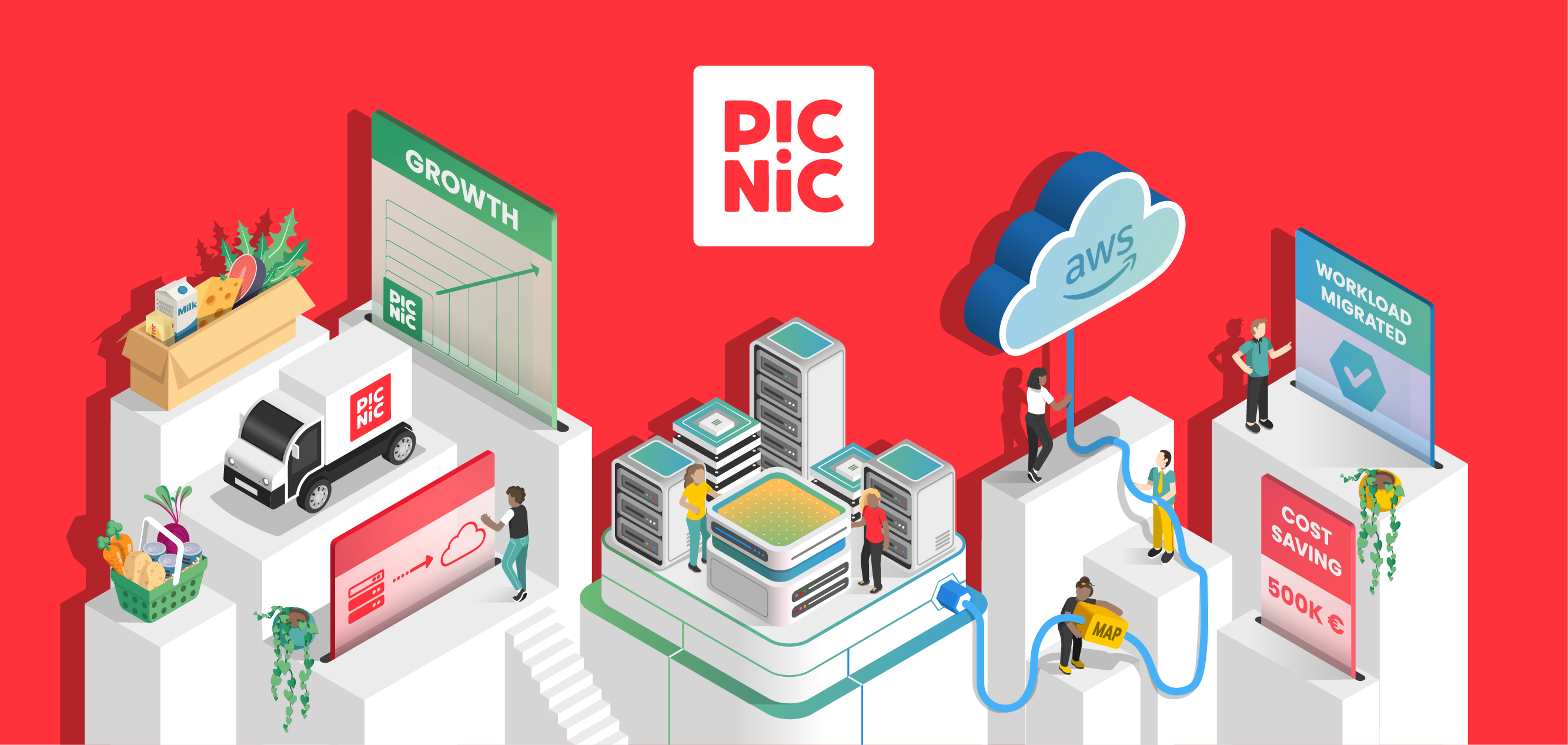Cloud
Building smarter Cloud platforms: Treating internal teams as customers
14 March 2025 • 4 min read

In this three-part series, we’ll explore how to maximise your Cloud platform through Platform as a Product (PaaP), composable platforms, and platform modernisation. By establishing these foundational elements, businesses can create experiences that resonate deeply with customers, building brand loyalty and driving long-term success.
Part I: Platform as a Product
The evolution of Cloud technology has transformed the way businesses operate, moving beyond simple ad-hoc click-ops infrastructure management to a Platform as a Product (PaaP) approach. PaaP is about treating your internal teams, such as developers, testers and data analysts, as customers and applying the same product-thinking principles used for externally facing products.
Drawing on insights from our recent Cloud pacesetter’s handbook, this article explores how businesses can use PaaP to enhance agility, efficiency, and innovation, and ultimately deliver faster, more reliable, and scalable customer-facing experiences.
The traditional platform problem
Internal infrastructure traditionally evolves organically, often in response to immediate needs rather than a long-term vision. They accumulate technical debt, fragmentation and complexity, resulting in slower delivery times and stifled innovation. When platforms become bottlenecks, they hinder the ability to react to customer needs and create the seamless, personalised experiences that they demand.
The Platform as a Product approach
Adopting a PaaP approach requires a fundamental shift in perspective, focusing on:
User-centric design
Just as product teams prioritise user experience, platform teams must understand the needs of their users; developers, or in the case of a data platform, data analysts. By treating these users as customers, platforms can be designed to actually meet their requirements, ultimately enhancing workflows and operational efficiency.
Clear value proposition
A product needs to solve real problems and deliver tangible value. Your platform should make your users’ (developers) lives easier, enabling teams to focus on delivering value rather than infrastructure concerns. This value should be measurable, driving data-driven insight, and communicated clearly.
Continuous improvement
Just as products evolve based on user feedback, platforms should adapt to changing technologies and user needs. This requires regular feedback loops, data-driven insight and continuous iteration.
A note on internal developer platforms (IDPs)
While PaaP often involves using internal developer platforms (IDPs), it is important to recognise that IDPs are a potential solution, not a necessity. Before implementing an IDP, it’s crucial to understand the actual needs of your users. For instance, a simpler solution like a job scheduler to deploy a Kubernetes namespace might address the majority of use cases at a fraction of the cost.
The benefits of Platform as a Product
Increased developer productivity
When platform teams prioritise developer experience, development teams spend less time building infrastructure, and more time innovating solutions.
Justified platform investment
Treating the platform as a product allows for better justification of investments in improvements and new features. Metrics such as deployment frequency and lead time for changes can demonstrate how these enhancements lead to improved customer satisfaction.
Improved security and reliability
A product mindset encourages systematic thinking about non-functional requirements. This naturally leads to better security practices, more reliable systems, and more robust disaster recovery procedures. It ensures customer data is protected, and services are consistently available.
Innovation enablement
A well-designed and maintained platform, serves as a foundation for innovation, allowing teams to experiment more freely and implement new ideas that ultimately enhance the products and services that reach end customers.
In the real world
Picnic, a supermarket on wheels, sought to leverage Cloud technologies to scale their infrastructure.
AND Digital took a Platform as a Product approach to this migration, utilising a well-architected review, alongside requirements gathered from the platform’s users to identify critical issues and areas for measurable improvement aligned with Picnic’s growth ambitions.
Picnic’s migration of time-critical workloads to AWS led to savings of €500,000 over three years, and a 50% reduction in monthly infrastructure costs. This not only demonstrated the efficiency of automated warehouses, but also established a replicable model for Picnic's expansion into new European warehouse builds. The warehouse remained fully operational throughout the migration, and with customers receiving their grocery deliveries within the promised timelines, overall satisfaction was maintained.
By treating its internal Cloud infrastructure as a product, Picnic ensured its engineering teams had a scalable, efficient platform to work from. This enabled faster deployments, cost savings, and a foundation for future innovation, ultimately allowing Picnic to better serve its customers.

Unlocking the power of PaaP
Adopting a Platform as a Product (PaaP) mindset is essential for viewing your platform as a strategic asset rather than a cost centre. By designing an agile and stable platform in conjunction with the users, organisations can minimise repetitive tasks and empower their teams to focus on innovation. This approach enhances developer experience, security and agility, which in turn leads to the creation of better products that resonate with customers and foster brand loyalty.
It’s essential to view your platform not as a cost centre, but as a product that empowers your internal teams.
At AND Digital, we offer an end-to-end service that combines strategic insight, technological capability, and cultural change to help you build a future-proof Cloud strategy. Our approach not only optimises your platform, but also drives long-term customer relationships and business growth. Contact us today to discover how we can partner with you on your journey to success.
.png)




